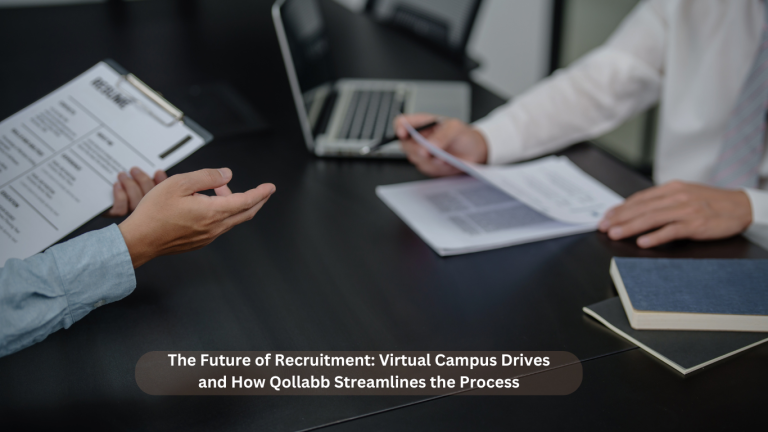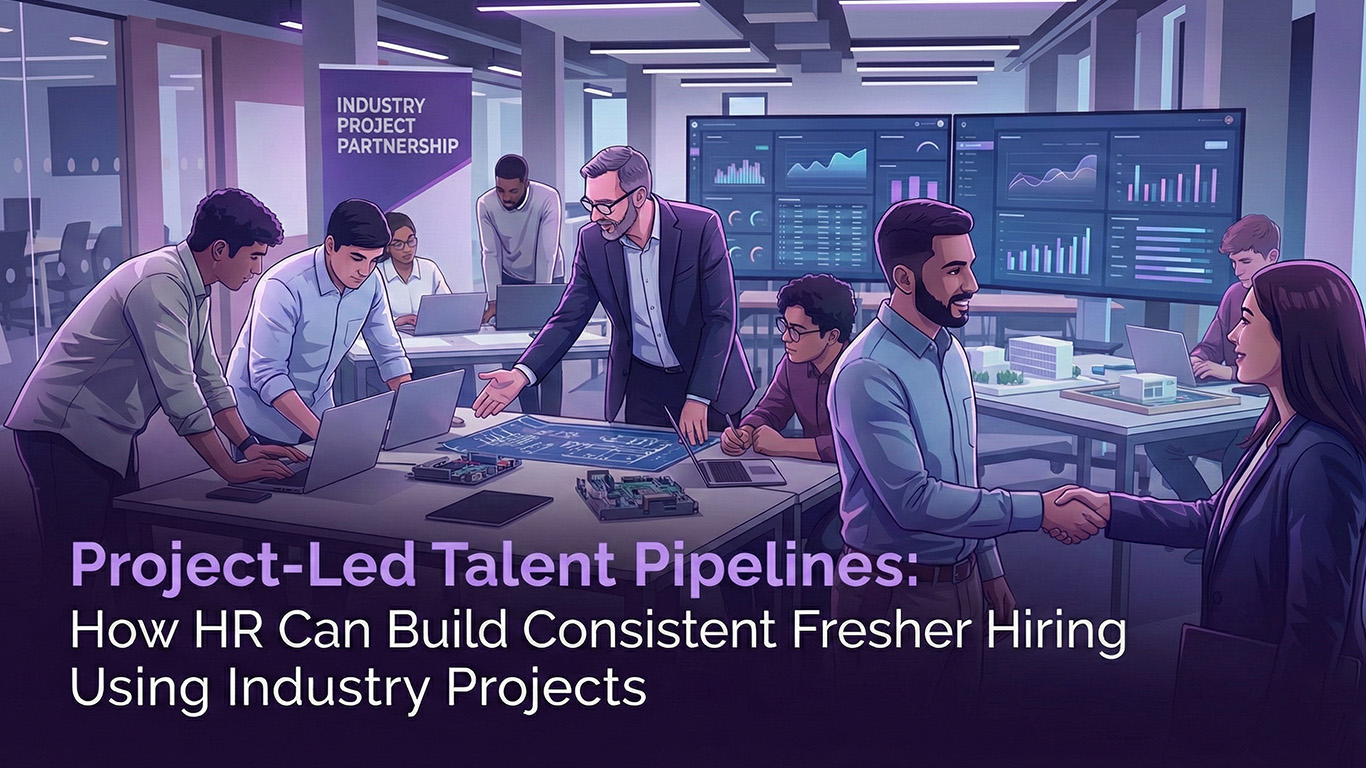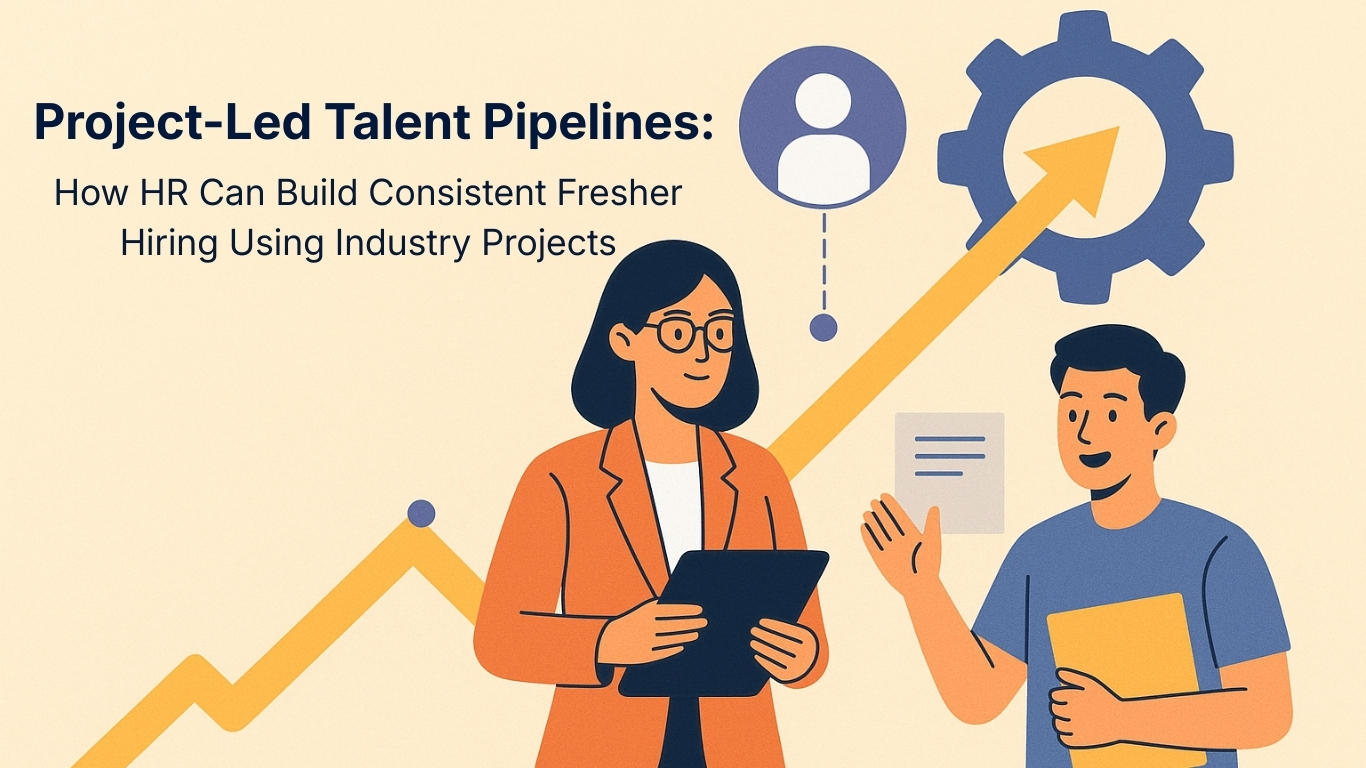The future of campus recruitment is rapidly changing, with campus drives leading the way. As the world becomes more digital, universities and employers embrace virtual campus drives to connect students with career opportunities. These virtual campus drives revolutionize how students and companies interact, eliminating geographical barriers and streamlining the hiring process. In this blog, we’ll explore how universities can leverage technology to run successful virtual campus drives and why they are becoming a preferred method for both students and employers.
The Shift to Virtual Campus Drives
The COVID-19 pandemic accelerated the shift to virtual platforms across many sectors, including education and recruitment. You can conduct all recruitment activities, from initial assessments to final interviews, online, making the process more cost-efficient.. This situation highlighted the efficiency and reach of virtual campus drives, which have since gained popularity due to their convenience and flexibility.
1. Breaking Geographical Barriers
You can conduct all recruitment activities, from initial assessments to final interviews, online, making the process more cost-efficient. Students had to rely on local or regional companies visiting their campus, often missing out on opportunities from top employers in other regions or countries. Virtual campus drives eliminate these barriers, allowing students to participate in recruitment drives from companies worldwide. This gives students access to a broader range of job opportunities.
2. Cost-Effective and Time-Saving
For universities and companies, organizing physical campus drives can be costly and time-consuming. It involves logistics, travel, and infrastructure costs. Virtual campus drives save time and resources for both universities and employers. You can now conduct interviews, assessments, and even networking sessions online, allowing more companies to participate without the need for traveling.
3. Better Student Experience
With virtual campus drives, students have more flexibility in scheduling interviews and participating in placement activities. Virtual platforms also allow students to better prepare for interviews by accessing resources like mock interview videos, online assessment tools, and instant feedback from university placement cells.
How Qollabb Facilitates Virtual Campus Drives for Universities
Qollabb is a platform that simplifies the entire campus placement drive process, making it easier for universities to connect students with top employers through their campus drive feature. With its user-friendly interface and powerful tools, Qollabb provides end-to-end support for running seamless placement drives.
1. Streamlined Collaboration with Employers
Qollabb makes it easy for universities to invite multiple employers to participate in their campus drive. Universities can send out invitations to relevant companies with just a few clicks and can track the status of these invitations in real time. Through this streamlined communication, engagement by employers is ensured, and the best opportunities are made accessible to students.
2. Comprehensive Placement Management
Managing a campus drive involves coordinating various tasks like interview scheduling, tracking employer responses, and ensuring student participation. Qollabb’s all-in-one platform provides tools for universities to oversee the entire process. From sending invitations to arranging drives, everything is tracked through the Qollabb dashboard by universities, ensuring that no steps are missed.
3. Enhanced Communication
From sending invitations to arranging drives, everything is tracked through the Qollabb dashboard, and no steps are missed by universities. Universities can send Opportunities, reminders, and feedback to students, ensuring that everyone stays informed throughout the placement process.
Advantages of Campus Drive for Employers
Employers also benefit significantly from the shift to campus drive. Here are some reasons why top companies are embracing this method:
1. Wider Talent Pool
By participating in campus drives, companies can access a much wider pool of candidates. Instead of limiting recruitment to students from a specific university or region, students from multiple institutions across the country or even globally can now be evaluated. This enables employers to find the best talent for their organization.
2. Reduced Recruitment Costs
Virtual drives significantly reduce the costs associated with recruitment. Companies no longer need to send teams to multiple campuses, book travel accommodations, or set up booths. All recruitment activities, from initial assessments to final interviews, can be conducted online, with the process being made more cost-efficient.
3. Faster Hiring Process
The virtual campus drive model speeds up the hiring process. Scheduling interviews, conducting assessments, and making job offers are all done more efficiently in a virtual environment. This helps companies fill positions faster and reduces the time spent on campus drives.
4. Data-Driven Recruitment
With access to real-time data through platforms like Qollabb, employers can better track the performance of candidates. They can use this data to make quicker, more informed hiring decisions, ensuring they select the most qualified candidates for their roles.
Conclusion
The shift to virtual campus drives represents the future of recruitment, offering numerous benefits for students, universities, and employers alike. By embracing technology and leveraging specialized platforms like Qollabb, universities can ensure their students have access to top employment opportunities, no matter where the employer is located. For employers, virtual drives offer a cost-effective, time-saving way to access a wider talent pool and streamline the recruitment process.
As the world becomes more digital, virtual campus drives are establishing the norm, providing an efficient and effective way to connect students with the best job opportunities.





